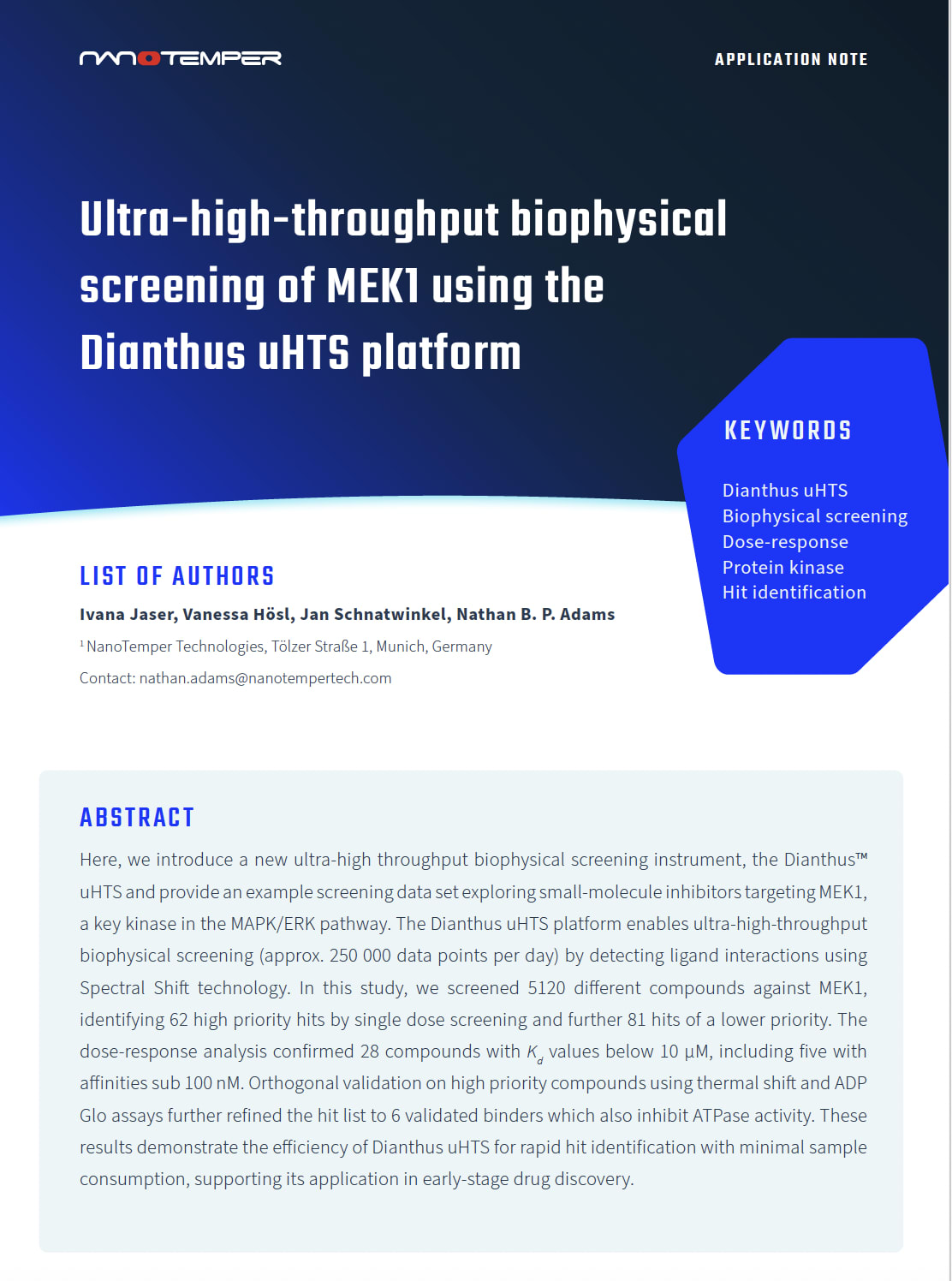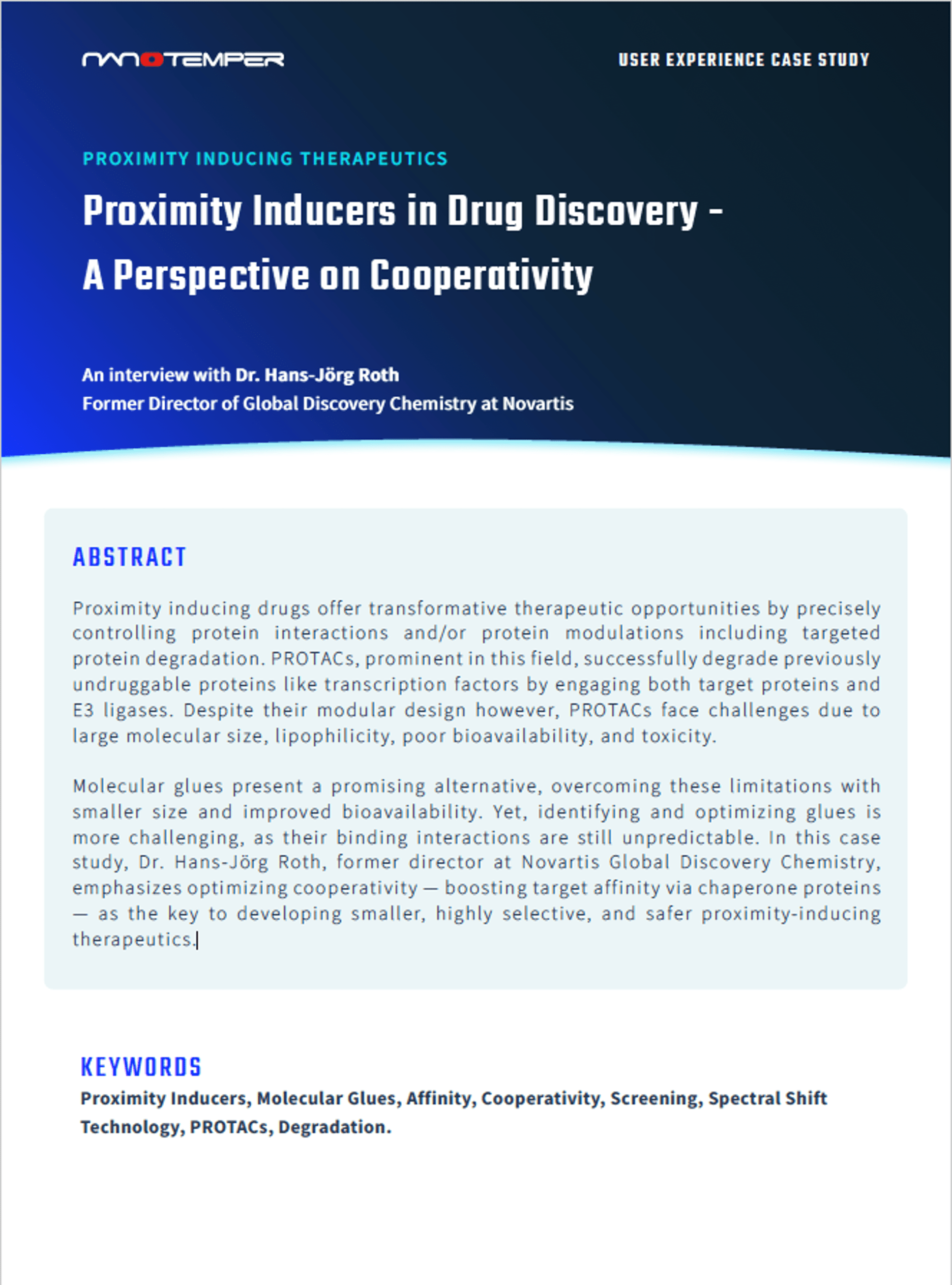
The famous painter Vincent Van Gogh once said, “Great things are done by a series of small things brought together.” This is exactly how drugs are developed by means of fragment-based screening — a method used to identify and validate hit molecules in the drug discovery process.
In contrast to the popular and successful high-throughput screening (HTS) approach — which searches for high-affinity binders among millions of drug-sized molecules — fragment screening starts with just a few thousands very small compounds that may only bind weakly to a biological target. What’s the logic behind this minimalist approach? Let’s find out.
Small molecules are better at matching target features
Screening small molecules make sense since the larger the molecule, the lower the chance of binding to a protein target — due to steric impairment reasons. On the contrary, small fragments are more likely to have a higher binding efficiency which translates into a greater number of “hits.”
Fragment screening relies on avidity, not potency
While HTS seeks molecules that bind with a strong grip, fragment screening relies on the idea that two things bind better than one. Therefore, fragments can have a very low affinity towards its target and hit molecules can evolve into larger and more potent ligands. This can be done either by growing, merging or linking together several weakly binding fragments, just as Van Gogh’s lingo goes. The result of this optimization process can result in better drug candidates by a cheaper and faster route.
The extent of the sampling is much more efficient with fragment screening
It’s estimated that the number of possible drug-like molecules within the typical size range of HTS libraries compounds is over 1062 — that’s more than the number of stars in the universe! Despite this, traditional HTS approaches can screen millions of compounds, which barely scratches the surface of this astronomical chemical space. However, by using smaller molecules (about half the size used in HTS) the number of possible molecular scaffold is reduced to “just” 1010. So even by screening just a few thousand fragments, a greater fraction of the available chemical space can be accessed.
Fragment screening relies on highly sensitive biophysical techniques to measure interactions
Screening against cocktails of fragments can be difficult since they bind very weakly to biological targets — with affinities ranging from micromolar to millimolar. This is where biophysical methods that measure molecular interactions shine, as they can be sensitive enough to detect the weak-binding hits, but they also make sure there is a low rate of false-positive hits. Moreover, high-throughput screenings and low sample consumption are desirable.
Considering everything above, the fragment screening approach is an excellent strategy to follow. In fact, this minimalist approach has helped researchers discover dozens of molecules that are currently in clinical testing phases and two FDA approved drugs. Moreover, it has allowed drug discovery to move forward starting from a smaller perspective. It’ll be fascinating to see what other great discoveries fragment screening brings next.










